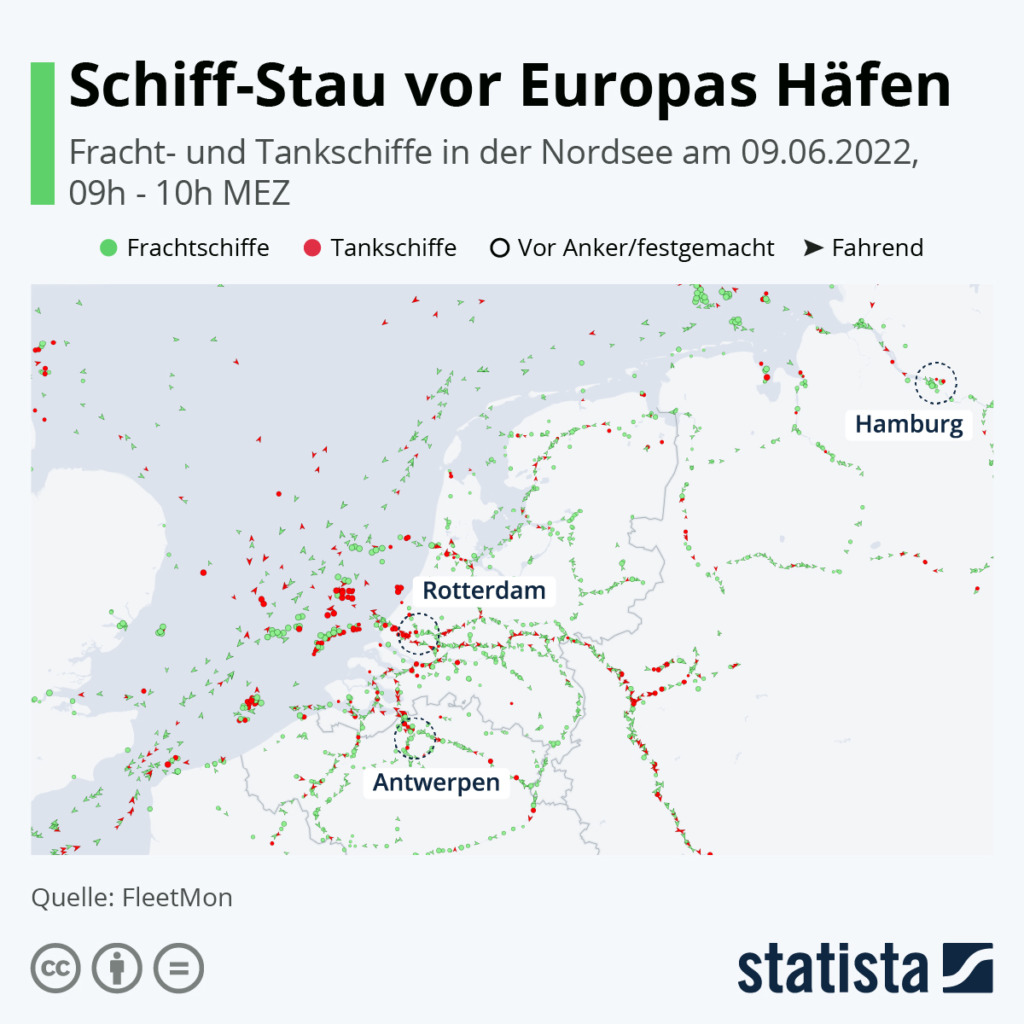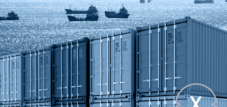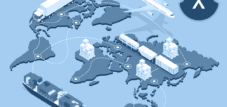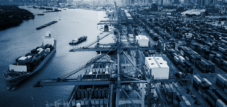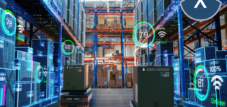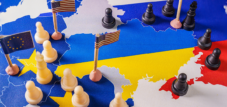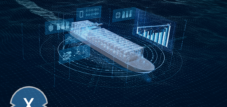Europe | Fragile global supply chains and no end: Ship traffic jams at Europe's ports of Rotterdam and Antwerp
Language selection 📢
Published on: June 10, 2022 / update from: June 26, 2022 - Author: Konrad Wolfenstein
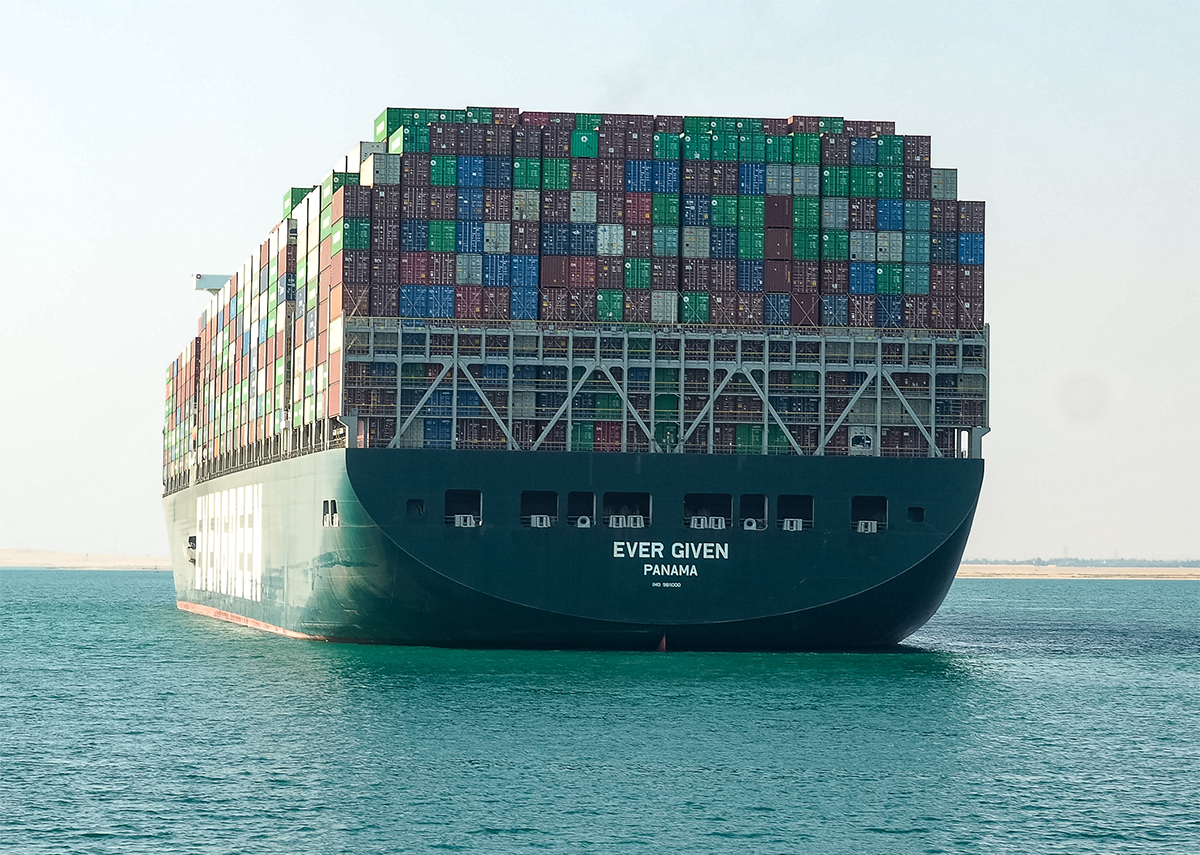
Ship traffic jam in front of Europe's ports of Rotterdam and Antwerp - Image: FabianIrwin|Shutterstock.com
Ship traffic jams in front of Europe's ports
Tankers and container ships are currently piling up in front of the European ports of Rotterdam and Antwerp. This is shown by the graphic based on a current map section from FleetMon , an online tracking portal for ships. Further north, at the mouth of the Elbe, a number of cargo ships are stranded and waiting to enter the port. The map section shows that the global economy is currently suffering more from delays in container shipping.
According to the “Kiel Trade Indicator”, which was raised by the Kiel Institute for the World Economy (IFW), are currently in front of the ports of Germany, Hollands and Belgium in the North Sea, almost two percent of global freight capacity. According to IFW, the affected ships cannot be unloaded or unloaded. “In the German bay, about a dozen large container ships with a capacity of around 150,000 standard containers are waiting for the start in Hamburg or Bremerhaven. In front of the ports of Rotterdam and Antwerp, the location is even more dramatic, ”said the IFW.
Cargo and container ships have also been piled up in front of the port of Shanghai and the neighboring Zheijang province for weeks, as this Statista graphic shows. The reason for the traffic jam was the hard lockdown that the Chinese government imposed on the city. The port employees were also affected by this, which is why the largest port in the world currently had to make do with significantly fewer staff. Until recently, the entire Chinese economy suffered from sometimes draconian corona restrictions. After the restrictions were relaxed, things are now looking up again. Exports increased significantly in May.
Fleetmon uses the ships' Automatic Identification Systems (AIS) signals to display traffic volume. These are used in shipping to exchange navigation data via radio. Every ship over 20m must broadcast an AIS signal. It sends, among other things, nickname, ship type, GPS position, dimensions and similar data.
English Version: Ship congestion off Europe's ports
Tankers and container ships are currently jammed in front of the European ports of Rotterdam and Antwerp. This is shown in the chart based on a current map section from FleetMon , an online tracking portal for ships. Further north, off the mouth of the Elbe, a number of cargo ships are also moored and waiting to be allowed to enter the port. The map section illustrates that the global economy is currently again suffering more from delays in container shipping.
Accord to the “Kiel Trade Indicator” Compiled by the Kiel Institute for the World Economy (IFW), Almost Two Percent of Global Freight Capacity is Currently Stuck in the North Sea Off The Ports of Germany. According to the ifw, The Affected Ships Can Neither Be Loaded Nor Unloaded. “In the German Bay, About a Dozen Large Container Ships with a Total Capacity of About 150,000 Standard Containers Are Waiting to Call at Hamburg Or Bremerhaven. The situation is even more dramatic off the ports of Rotterdam and Antwerp, ”The IFW Informed.
Freight and container ships have also been jammed for weeks outside the port of Shanghai and the neighboring province of Zheijang, as this Statista graphic shows. The reason for the traffic jam was the tough lockdown imposed by the Chinese government on the city. This also affected port employees, which is why the world's largest port currently has to manage with significantly fewer staff. Until recently, the entire Chinese economy suffered from partly draconian Corona restrictions. Now that they have been eased, things are looking up again. Exports increased significantly in May.
Fleetmon uses the Automatic Identification Systems (AIS) signals of ships to display the traffic volume. These are used in shipping to exchange navigational data via radio. Every ship over 20m has to transmit an AIS signal. It transmits, among other things, call name, vessel type, GPS position, dimensions and similar data.
China | Fragile global supply chains and no end: ship traffic jam off Shanghai
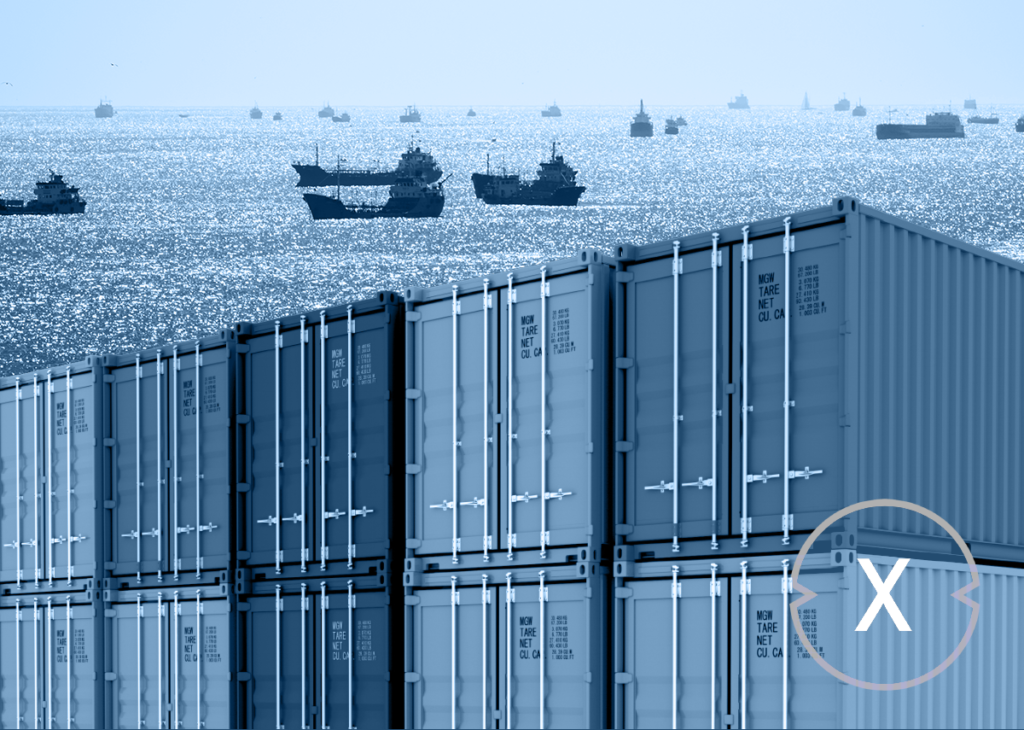
Fragile global supply chains and no end: Ship traffic jam off Shanghai – Image: Xpert.Digital / topae & PeskyMonkey|Shutterstock.com
We recently wrote about it: “As has already been described countless times, globalization has put a lot of strain on the supply chain structure and made it vulnerable to unexpected and unexpected crises beyond its control. But also in the relatively short time there was no strategic awareness. This means that there is no relaxation in sight along the supply chain in logistics or intralogistics in the future either.”
Now it's time to act. Anyone who does it now is late - and there are quite a few of them! As early as 2012, 16.2% of the companies surveyed stated in a survey that they had no solutions or strategies for supply chain risk management. A reaction should be made now at the latest, because the current situation will continue. And what many people don't even consider: the danger of a chain reaction and the possible consequences of further crises resulting from it are real. Can anyone seriously say this is it?
Supply chain on the brink? The delivery difficulties and solutions
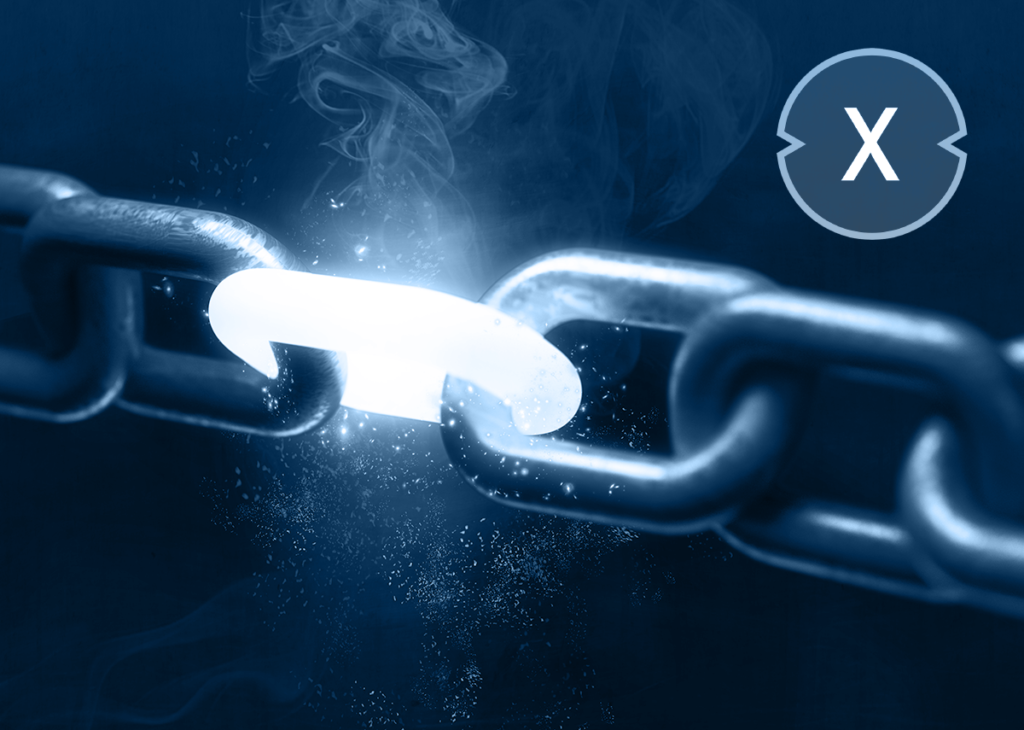
Is the global supply chain torn apart by ongoing problems and regional crises? – Image: Xpert.Digital / Iaroslav Neliubov|Shutterstock.com
We recently wrote about it: “As has already been described countless times, globalization has put a lot of strain on the supply chain structure and made it vulnerable to unexpected and unexpected crises beyond its control. But also in the relatively short time there was no strategic awareness. This means that there is no relaxation in sight along the supply chain in logistics or intralogistics in the future either.”
Now it's time to act. Anyone who does it now is late - and there are quite a few of them! As early as 2012, 16.2% of the companies surveyed stated in a survey that they had no solutions or strategies for supply chain risk management. A reaction should be made now at the latest, because the current situation will continue. And what many people don't even consider: the danger of a chain reaction and the possible consequences of further crises resulting from it are real. Can anyone seriously say this is it?
Need for action to ensure supply chains continue to function
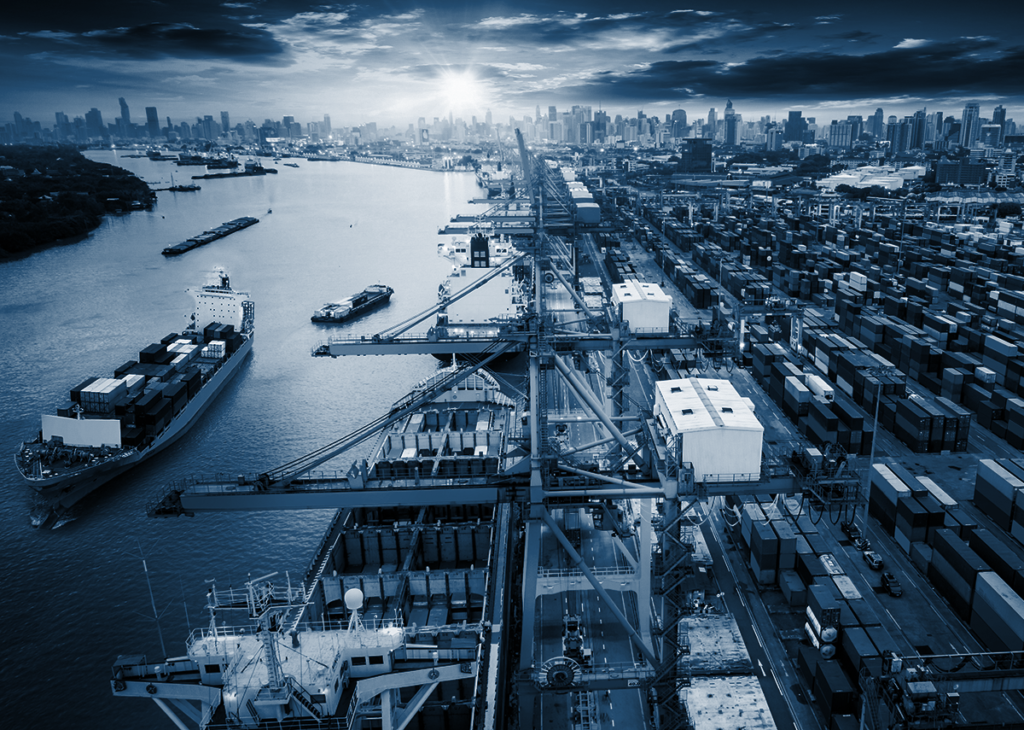
Fragile supply chains: Supply chain under pressure – Image: Xpert.Digital / Travel mania|Shutterstock.com
Global supply chains are still strained by the pandemic. Many countries have introduced numerous anti-pandemic measures, which have caused severe delays in value and supply chains. For example, control and quarantine zones in logistical hubs have led to delivery backlogs of goods. As a result, many supplier companies were hindered in their production and were no longer able to fully meet their delivery obligations. And missing supplier parts can quickly have a massive impact on production processes. Added to this are the absence of workers due to illness or travel restrictions.
Xpert.Digital – Konrad Wolfenstein
Xpert.Digital is a hub for industry with a focus on digitalization, mechanical engineering, logistics/intralogistics and photovoltaics.
With our 360° business development solution, we support well-known companies from new business to after sales.
Market intelligence, smarketing, marketing automation, content development, PR, mail campaigns, personalized social media and lead nurturing are part of our digital tools.
You can find out more at: www.xpert.digital – www.xpert.solar – www.xpert.plus




